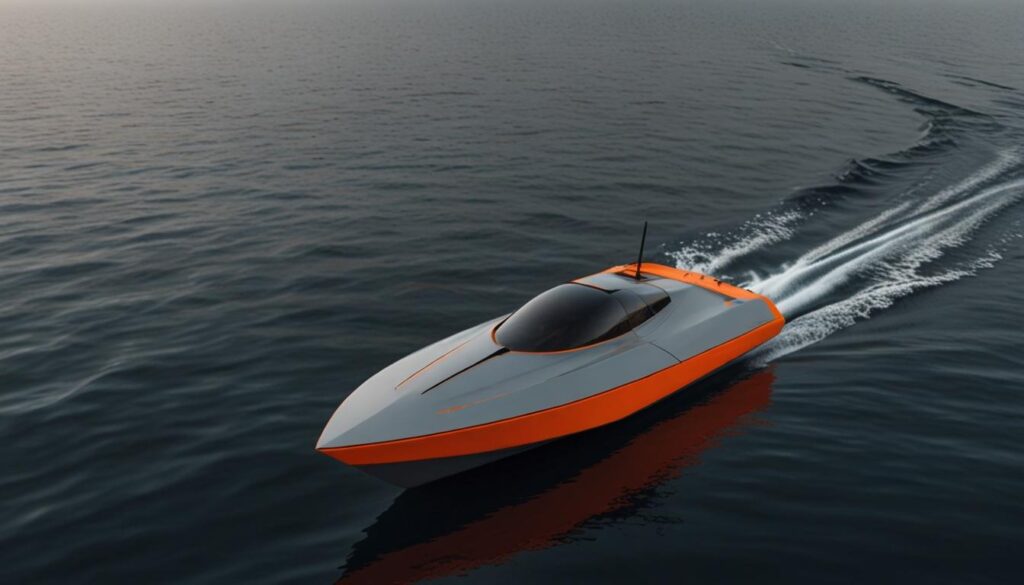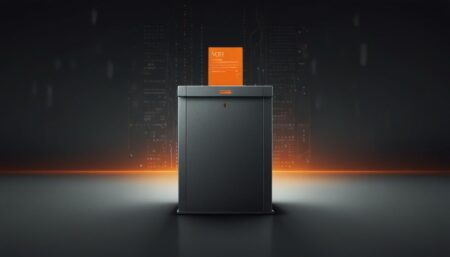An analysis by Technavio predicts a significant expansion in the global market for unmanned surface vehicles (USVs) between 2024 and 2028, driven by technological advancements and increasing demand for autonomous solutions. With a focus on incorporating artificial intelligence (AI) and strategic collaborations, key players in the industry are poised to drive market growth despite competition from substitute products such as UAVs and ROVs.
Global Unmanned Surface Vehicle Market Projected to Grow Significantly by 2028
The global market for unmanned surface vehicles (USVs) is forecasted to expand significantly in the coming years. According to a recent analysis by Technavio, the market size is expected to increase by USD 2.31 billion between 2024 and 2028, reflecting a compound annual growth rate (CAGR) of 14.19%.
USVs, or autonomous boats and ships equipped with advanced technologies such as GPS navigation, sensors, and communication systems, are used in a variety of applications ranging from hydrographic surveys and oil and gas exploration to military operations and scientific research. The growing interest in these versatile vehicles can be attributed to the increasing demand for efficient and cost-effective solutions across industries.
One of the main drivers of this market growth is the substantial investment in research and development of USVs. There is a distinct trend towards incorporating artificial intelligence (AI) into USV technologies, enhancing their real-time sensing, autonomous sailing, and remote networking capabilities. For example, the US Navy’s Task Force 59 has integrated AI into its USVs, completing over 15,000 sailing hours in regions such as Bahrain and Jordan. Similarly, the Chinese company Beikun Intelligence has tested its AI-operated USV, underscoring the global push towards AI integration in maritime operations.
Key players in the USV market include major corporations like 5G International Inc., AutoNaut Ltd., Clearpath Robotics Inc., Deep Ocean Engineering Inc., and others. These companies are increasingly focusing on innovation and strategic collaborations to remain competitive. For instance, Rolls-Royce and L3Harris Technologies have announced a partnership to develop autonomous USVs for the U.S. Navy.
However, the market faces challenges from substitute products such as remotely operated underwater vehicles (ROVs), autonomous underwater vehicles (AUVs), and unmanned aerial vehicles (UAVs). These alternatives can offer cost savings and different efficiencies, potentially limiting the expansion of USVs. For instance, UAVs are widely used for external vessel inspections and offshore wind energy systems monitoring, tasks that could otherwise be handled by USVs.
The market segments covered in the Technavio report include end-user categories such as defense and commercial applications, as well as types of USVs, including remotely operated and autonomous. Geographically, the study covers North America, Asia-Pacific (APAC), Europe, South America, and the Middle East and Africa.
From a defence perspective, USVs are being increasingly deployed for military applications, including surveillance and reconnaissance missions. In the commercial sector, USVs are utilised for tasks such as hydrographic surveys and oceanographic research. The trend towards automation and remote operations is facilitating broader adoption of these vehicles, with companies like Boeing, Lockheed Martin, and Rolls-Royce playing a pivotal role in driving market growth.
In conclusion, the unmanned surface vehicle market is poised for substantial growth due to technological advancements and increasing demand for autonomous solutions. Despite facing challenges from substitute technologies, the integration of AI and increasing investment in research and development are expected to sustain the upward trajectory in the coming years.










